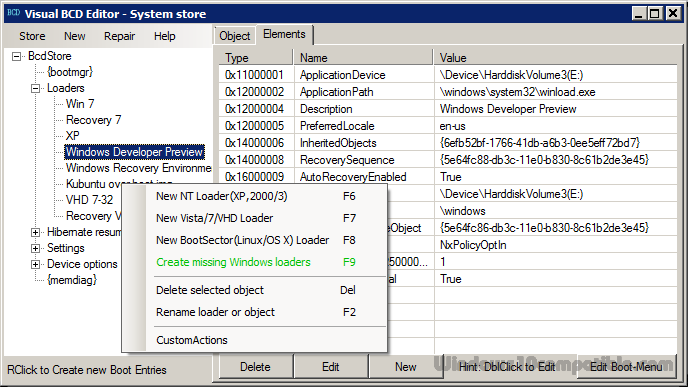

- #Process explorer command line for mac windows 10
- #Process explorer command line for mac series
- #Process explorer command line for mac mac
- #Process explorer command line for mac windows
The final method we know of for opening File Explorer is to use the good old Run window. Inside the "Create new task" window, write explorer and press Enter or OK. You’ll have to open Task Manager, switch to More details, select the File menu and then click or tap on Run new task.

This will immediately launch File Explorer.Īnother way of opening File Explorer is to use the Task Manager. If you’re used to working with Command Prompt or Powershell, you can simply write the command explorer and press Enter. You can always create a shortcut to File Explorer and pin it to the desktop. Create a shortcut and pin it to your desktop.Double click on it and File Explorer will be launched. The executable file for File Explorer is explorer.exe. Click or tap on it and File Explorer will launch. On its left section you will find a shortcut for File Explorer. Use the File Explorer shortcut from the Start Menu.This menu also includes a shortcut for File Explorer. The WinX menu can be accessed by pressing Win + X on your keyboard. Use the File Explorer shortcut from the WinX menu.You can also talk to Cortana and say “Open File Explorer ”. When the search results are loaded, press Enter or click / tap the File Explorer result.
#Process explorer command line for mac windows
On Windows 10’s desktop, use the Cortana’s search box from the taskbar and, inside it, write the words “file explorer”. Click or tap on it and File Explorer is opened.
#Process explorer command line for mac windows 10
Use the File Explorer shortcut on the taskbarīy default, Windows 10 includes a File Explorer shortcut on the taskbar.Look for your app in the Processes list, and check what the Command Line column displays. This will add a new ‘Command line’ column. Right-click the header of any one of the columns and select ‘Command line’ from the menu. Just press Win + E and watch File Explorer start immediately. This is the easiest method for viewing command-line arguments for a running app on Windows 10. The keyboard offers very fast shortcuts for launching all kinds of things, including File Explorer. They involve every thing from search, to keyboard shortcuts, to using speech and so on. So, we thought it would be a very good idea to write this guide, which contains all the ways in which you can open File Explorer in Windows 10. You can get the process ID by typing the. Use the taskkill /F /PID pidnumber command. You can also stop or kill a task using its Process ID. Replace process.exe with the actual process name. Here, type taskkill /im process.exe and press Enter. ( not sure what version of Windows you have? Read our guide) Whether you need to copy or move files, or delete some, there’s always one thing you need to do first: open the File Explorer. To kill or stop a process in Command Prompt: Open the Command Prompt window. Type ls and press the Return key, and you’ll see the folders (and/or files) in the current directory.File Explorer is one of the most used apps from Windows 10. To do that you use the ls (or list) command.

#Process explorer command line for mac series
While you’re there-or when you’re in any folder ( directory in Unix-speak)-you might want to know what’s in it. Internet Explorer is a discontinued series of graphical web browsers developed by Microsoft which was used in the Windows line of operating systems (in. When you first get to the command line, you’re in your home folder.
#Process explorer command line for mac mac


 0 kommentar(er)
0 kommentar(er)
